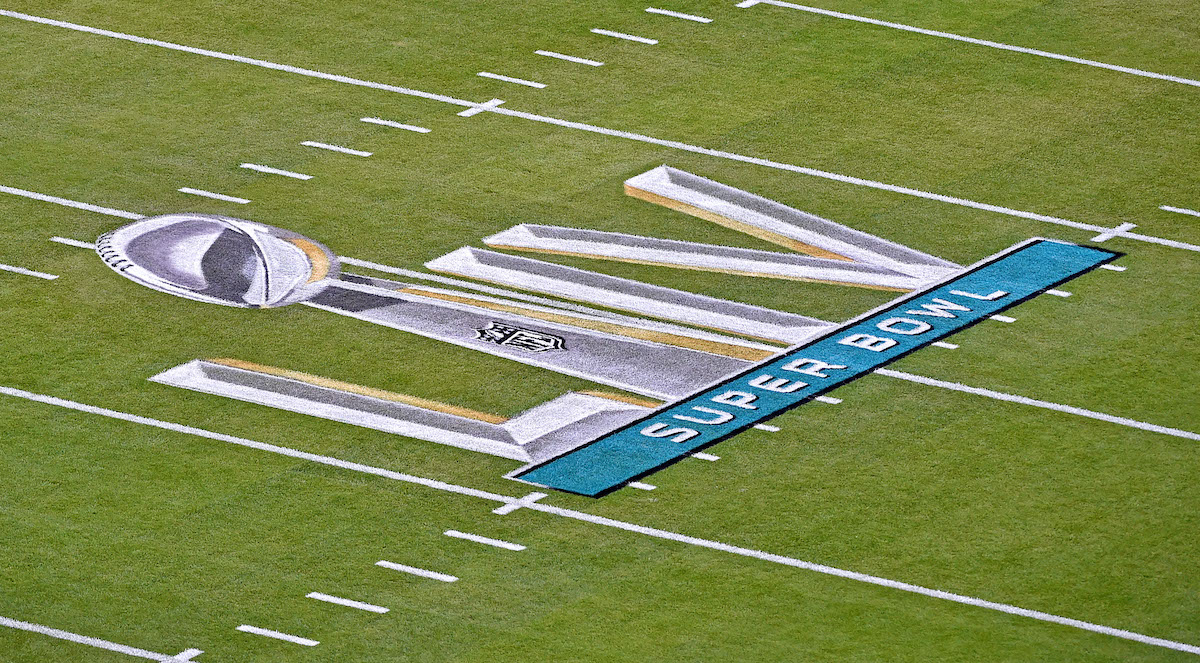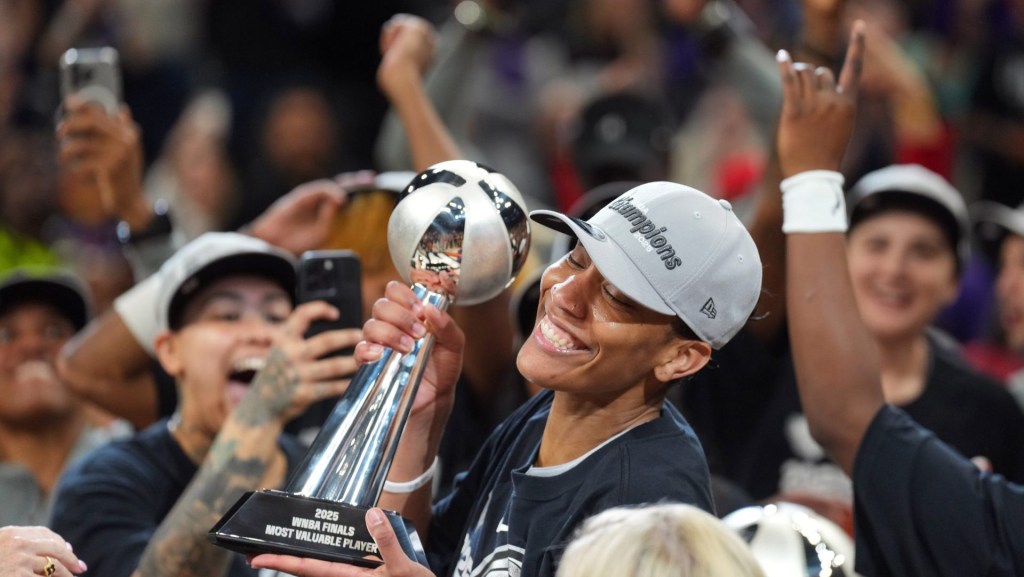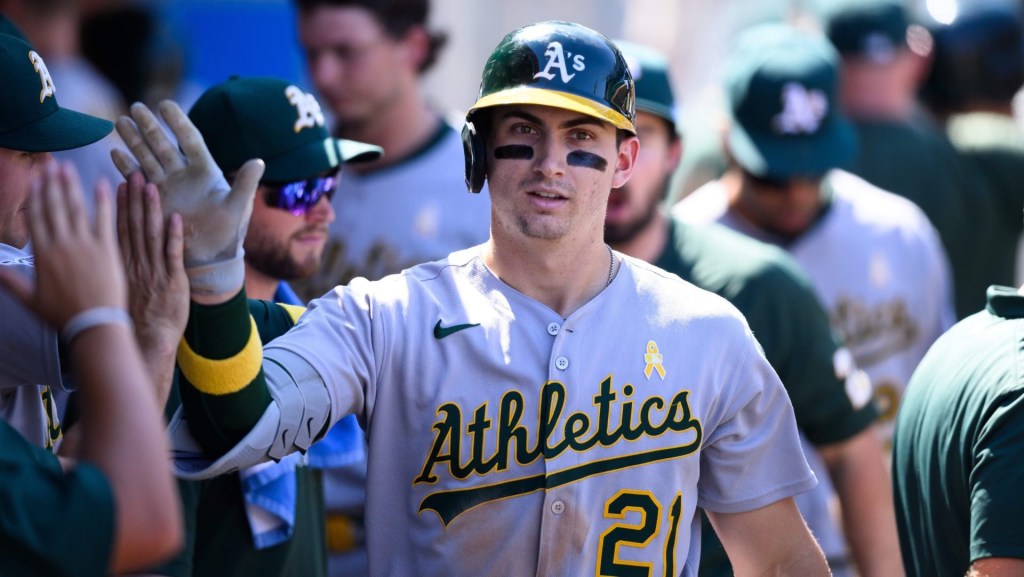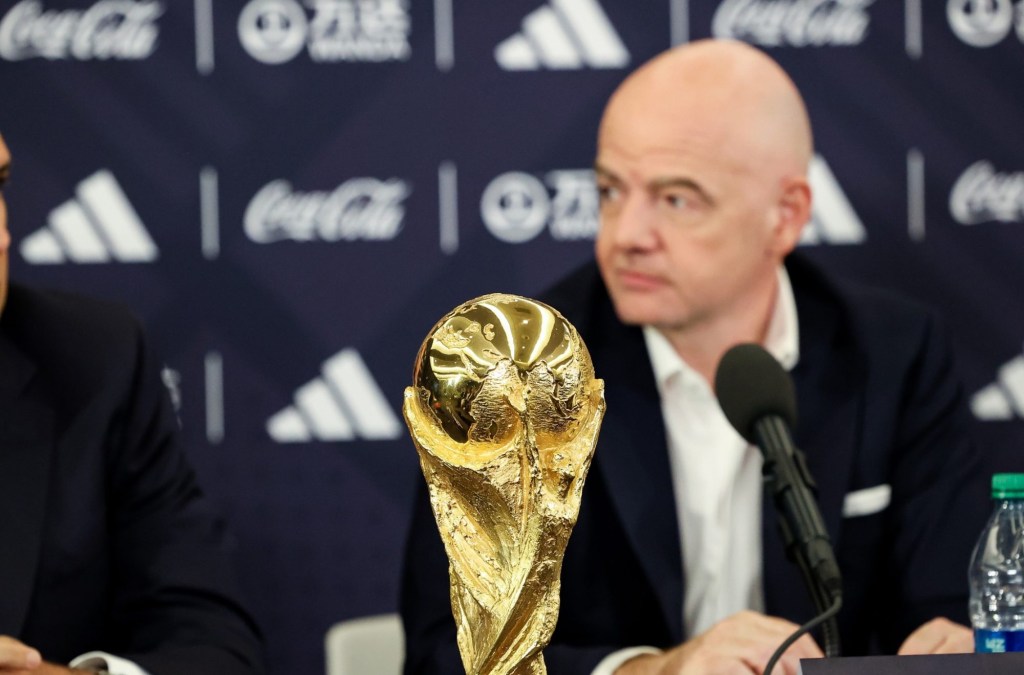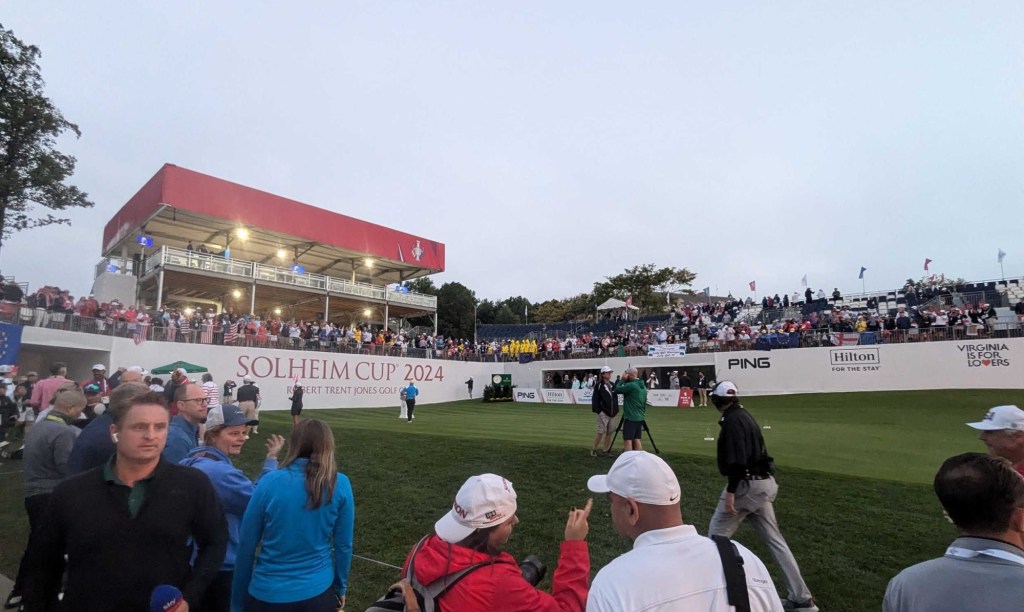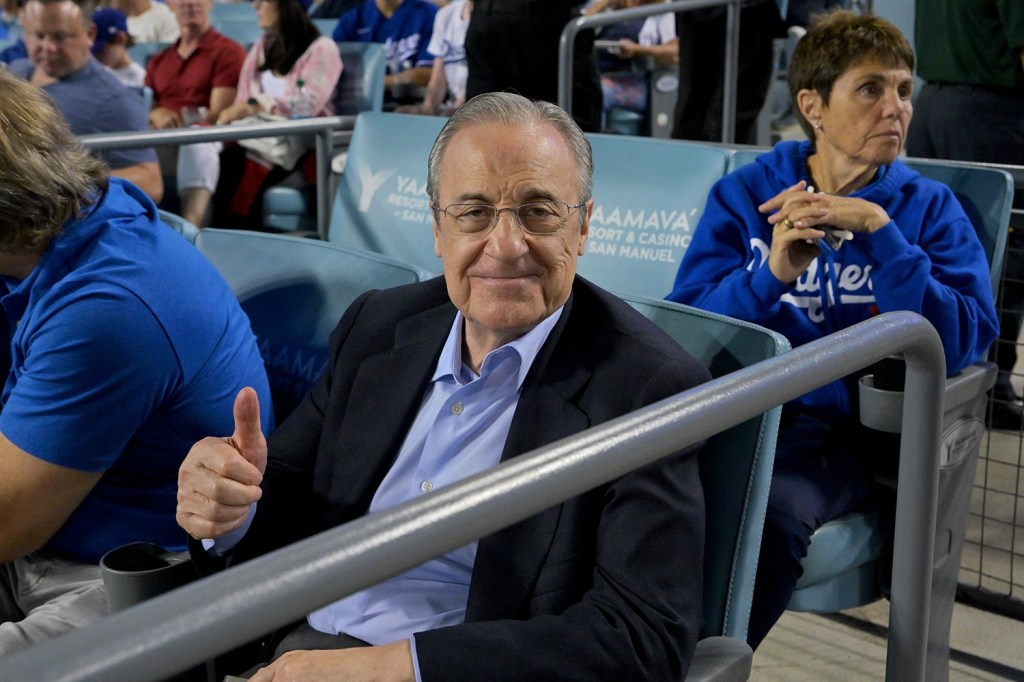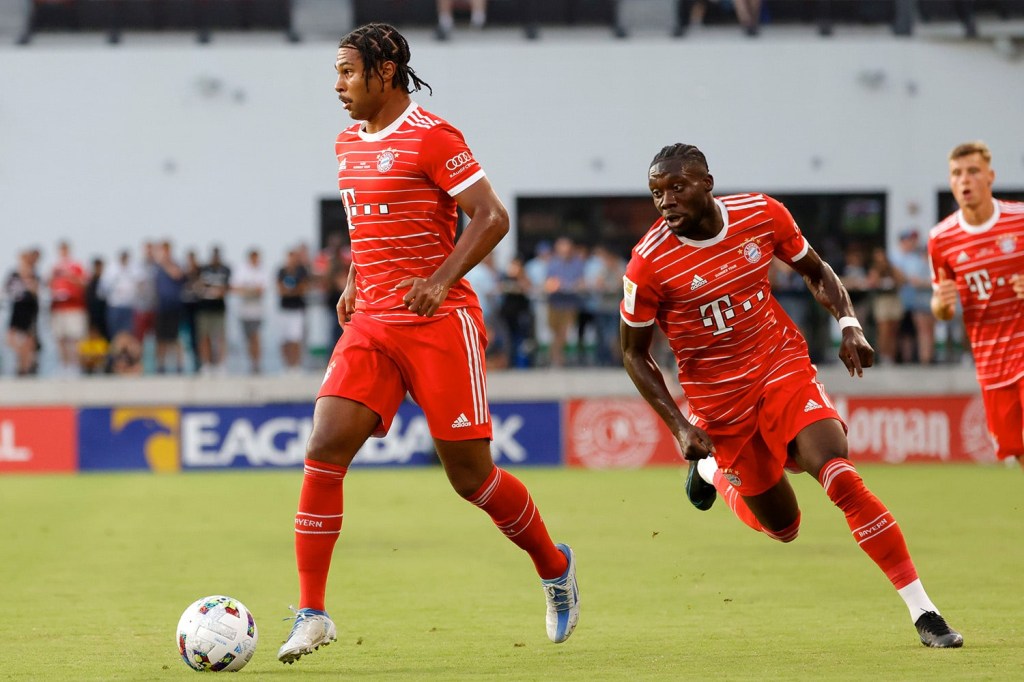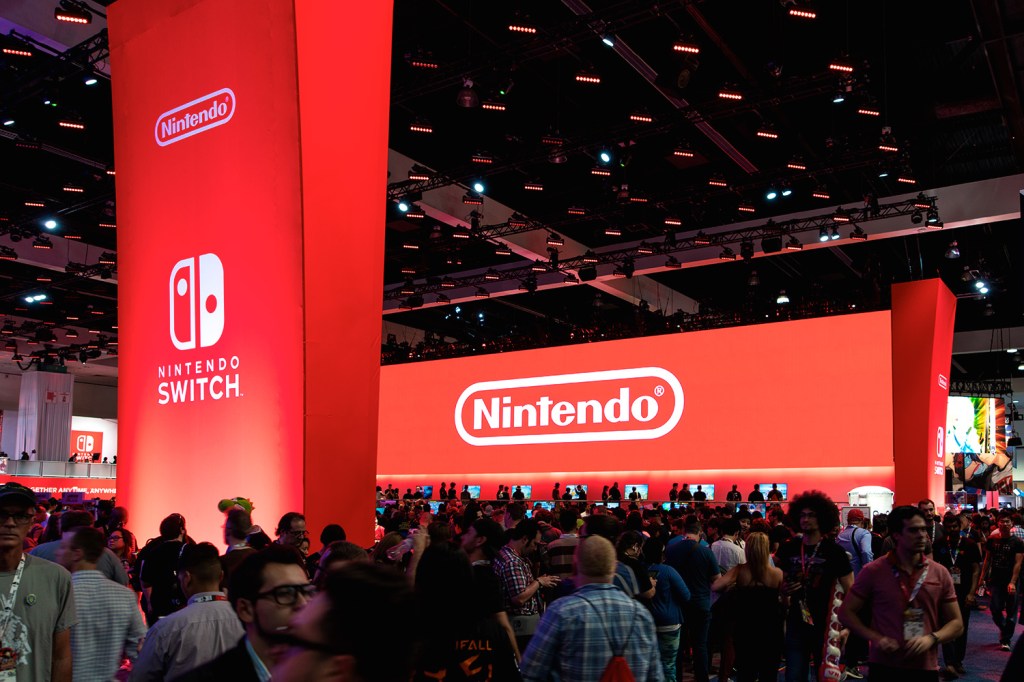Major sports events have a way of helping cushion the blow for cities during tough economic times.
While most of the nation is completely shut down during the coronavirus outbreak, Miami’s hospitality industry escaped just in time with its Super Bowl LIV gains intact.
Meanwhile, cities like Tampa and Indianapolis, hosts to Super Bowl LV and the 2021 Final Four, respectively, have beacons of hope in their future.
“Early on, because we know how much [a Super Bowl] can mean to the community, we created this mantra or belief that our community’s fifth Super Bowl could push us forward forever,’” Rob Higgins, Tampa Bay Sports Commission executive director, said. “Based on the unprecedented times we’re in, the forward forever mantra is taking on a really heightened meaning.”
The Super Bowl has enormous economic impact projections, but it also brings a social aspect and marketing visibility, unlike most other opportunities, Higgins said.
This year’s Super Bowl came a little more than a month before the coronavirus made its presence felt in the U.S, and as a result, Miami was among the last significant beneficiaries before the hospitality industry came to screeching halt.
“We soon recognized the value of having it then as opposed to April 2, thank goodness,” Bill Talbert, CEO of the Greater Miami Convention and Visitors Bureau, said. “The hotels were full. The beach was full. The week was great.”
Talbert said in his 30 years of helping Miami host Super Bowls, this year’s was far and away the most active in terms of parties – so many “no one could track them all.” With nearly 200,000 people in the city for the event, the temporary boost in spending could help some businesses weather the lack of activity now.
The estimated economic impact of the Super Bowl was north of $500 million, according to some projections, while other economists are unsure of the potentially inflated numbers.
Inflated or not, cities see the events as marketing assets and ways to help bring in a large number of spenders.
READ MORE: A Huge Gap in Economic Impact Numbers Begs the Question: Are Bowl Games Worth It?
With no March Madness this year, Indianapolis could be poised to welcome an increased crowd of eager basketball fans next year for its eighth Final Four.
“We’re looking to salvage the second half of this year, but next year is looking so strong,” Nate Swick, Visit Indy communications manager, said.
Along with the Final Four, the city is also hosting the 2021 NBA All-Star Game and the College Football Playoff Championship in 2022. Those three events are expected to contribute $225 million, $100 million, and $150 million, respectively, to the local economy while attracting more than 300,000 visitors. Indianapolis will also host its annual staple events such as the Big Ten Football and Basketball Championships and the Indy 500.
Each time the city hosts an event, it likes to help other cities look at hosting a new way.
“We were built to host them,” Swick said. “We’re charged with being innovative in how we capitalize and activate. We’re a community for volunteers to be creative, and it should be really cool after weathering this to see what ideas can we start.”
Higgins said this year would be the third Super Bowl hosted by Tampa during a trying time. He recalls the game in 1991 starting its halftime show with a World News Tonight update about the Gulf War, while the 2009 game arrived in the midst of the Great Recession.
“It’s unfortunate timing, but from our standpoint, it’s an incredible catalyst on our calendar,” Higgins said. “The timing couldn’t be better for everything it can do for our hometown.”
READ MORE: Kentucky Derby Delay Sees Louisville Holding Out for September
As people begin to emerge from their homes and return to life, Talbert said Miami would be one of the first destinations to be out, urging people to visit. He said 28 days after 9/11, Miami and Las Vegas were the first destinations with advertisements in USA Today.
“When the light switch is turned on, we’ll be back out, and the customer will be traveling,” Talbert said. “For destinations, we’re the last to go down and the first to come up.”
